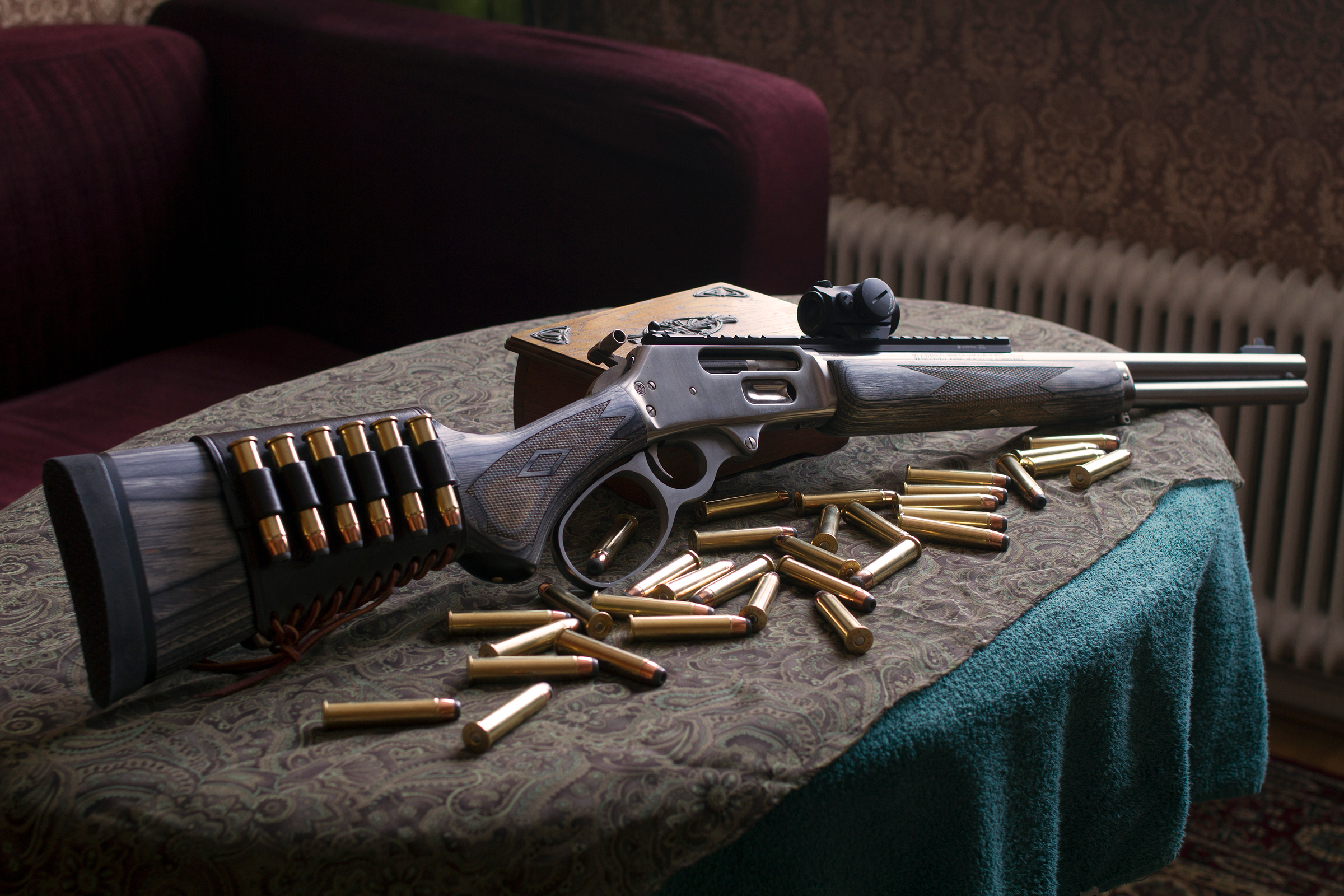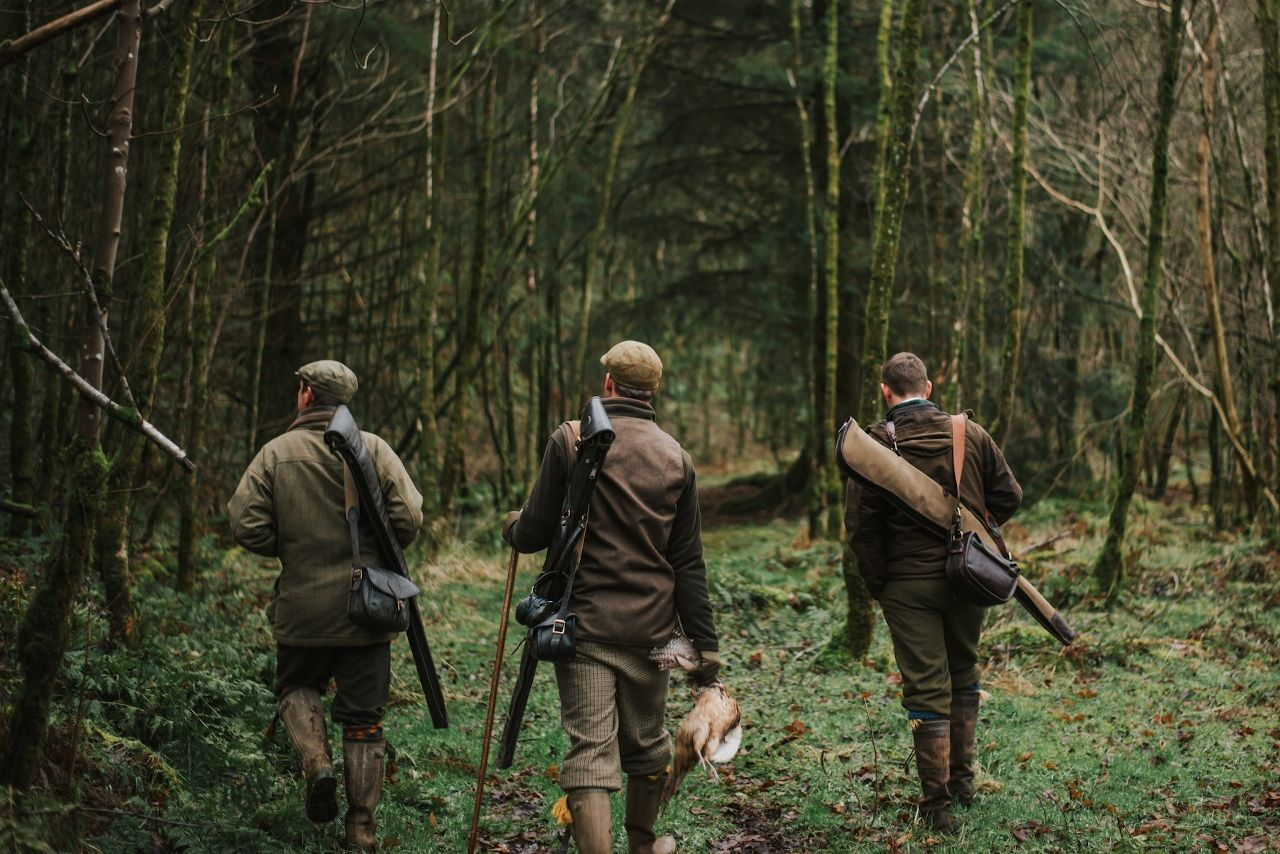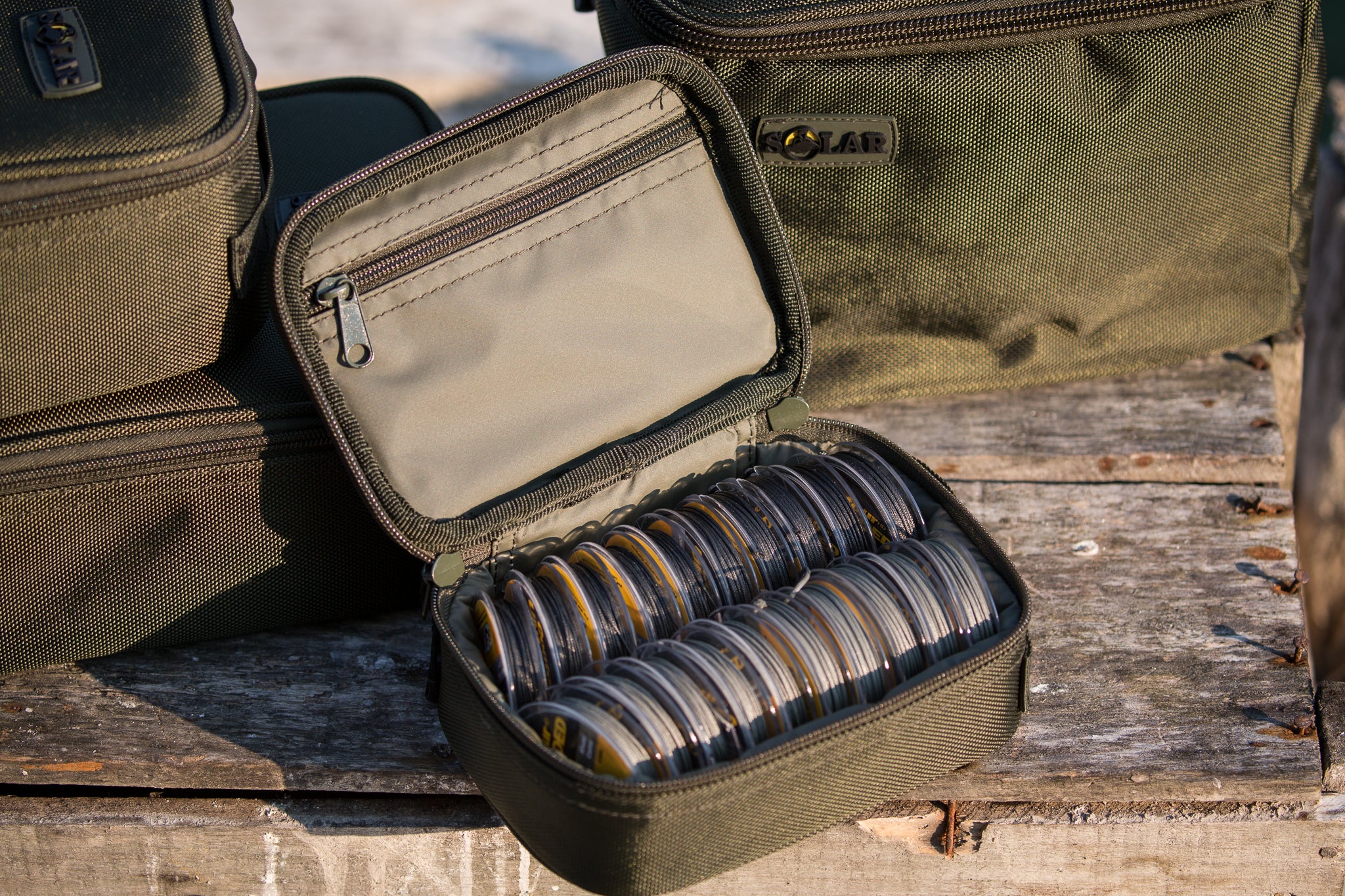Cold Hands While Hunting? How to Pick the Right Gloves for All Seasons
If you’ve ever been in the middle of a hunt with frozen, numb fingers, you already know how much the wrong gloves can ruin the experience. The right pair of hunting gloves isn’t just about comfort—it’s about accuracy, safety, and endurance. Whether you’re out in early fall, the peak of winter, or spring turkey season, choosing gloves that match the conditions will make a huge difference.
Cold Hands While Hunting? How to Pick the Right Gloves for All Seasons
Why Hunting Gloves Matter?
Unlike casual winter gloves, hunting gloves are built with specialized features:
-
Insulation to keep warmth in without adding bulk.
-
Grip and dexterity for handling weapons, gear, and calls.
-
Camouflage to help blend into your environment.
-
Durability to withstand brush, moisture, and rough terrain.
The wrong gloves can leave your hands sweaty in mild weather or painfully cold in freezing temperatures. That’s why it’s important to match your gloves to the season.
Gloves for Warm Weather (Spring & Early Fall Hunts)
When temperatures are mild, the main priority is breathability and dexterity.
-
Materials: Lightweight polyester or spandex blends.
-
Features: Ventilation panels, moisture-wicking fabrics, fingerless designs.
-
Best for: Bow hunting, turkey hunting, early-season deer hunts.
These gloves keep your hands protected from rough surfaces and insects without causing overheating.
Gloves for Cold Weather (Late Fall Hunts)
As temperatures drop, you need a balance between warmth and control.
-
Materials: Fleece, softshell fabrics with windproof membranes.
-
Features: Thin insulation, touchscreen compatibility, silicone grip palms.
-
Best for: Rifle hunting, duck hunting, treestand hunts.
Look for gloves with enough insulation to fight the chill but still flexible enough for trigger work.

Gloves for Extreme Cold (Winter Hunts)
When the landscape is icy and the wind is cutting, your gloves need to be highly insulated.
-
Materials: Thinsulate, down, or synthetic thermal insulation with waterproof outers.
-
Features: Removable liners, gauntlet-style cuffs, waterproof membranes.
-
Best for: Long sits in treestands, waterfowl hunts, arctic conditions.
Some hunters prefer mitt-glove hybrids (also called “glomitts”), which keep fingers together for warmth but allow quick finger access when needed.
The Importance of Layering
Just like with clothing, layering gloves can make a huge difference. A thin liner glove under a heavier insulated glove gives you:
-
Extra warmth.
-
The ability to remove the outer layer for fine tasks.
-
Moisture management when hands get sweaty.
Pro Tips for Choosing Hunting Gloves
-
Always try them on with your weapon to test trigger control and grip.
-
Check noise levels—some fabrics are too loud for close encounters.
-
Match camo patterns to your environment for maximum concealment.
-
Consider scent control if you’re hunting whitetail or other cautious game.
Final Thoughts
Cold hands can end a hunt early—but with the right gloves, you’ll stay warm, comfortable, and focused. Think of gloves as an essential part of your hunting gear, not just an afterthought. By choosing the right materials and features for the season, you’ll be ready to face any weather without sacrificing performance.























